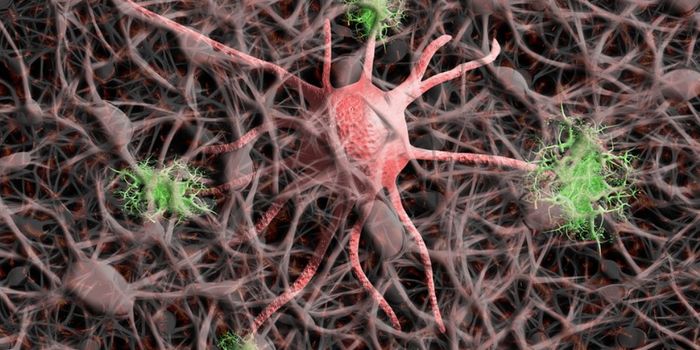How much can the human brain hold, in terms of memory? Turns out, it can hold way more than researchers originally thought. Researchers at the Salk Institute, along with colleagues from the University of Texas, Austin, MIT, Howard Hughes Medical Center and UC San Diego, have released new data from a study they conducted that shows the neural connections that process and store memory have a capacity much higher than most estimates. The research also brought new information about the energy efficiency of the brain and how it does so much and still conserves energy.
In a press release from the institute Terry Sejnowski, Salk professor and co-senior author of the paper, which was published in the journal eLife said, “This is a real bombshell in the field of neuroscience. We discovered the key to unlocking the design principle for how hippocampal neurons function with low energy but high computation power. Our new measurements of the brain’s memory capacity increase conservative estimates by a factor of 10 to at least a petabyte, in the same ballpark as the World Wide Web.”
How does the brain do this though? Any information in the brain, memories, thoughts or motor skills are the result of patterns of electrical and chemical activity in the brain. Much like the electrical workings of a computer, the neurons form branches like circuits. When two neurons interact at a junction in the brain called a synapse this electrical activity is live, like a sparking wire. Neurons handle input and out put via axons and dendrites across the synapses and that is how memory is processed and stored.
The team at the Salk Institute along with co-senior author Kristen Harris from the University of Texas, Austin used the hippocampus of a rat to study each synapse. Using advanced microscopy, the team set out to build a 3D model of the rat brain’s memory center so they could see in detail what was happening in the synapses. What that found was that about 10-20% of the time, a single axon from one neuron formed two synapses reaching out to a single dendrite of a second neuron, signifying that the first neuron seemed to be sending a duplicate message to the receiving neuron. More synapses mean more activity, larger surface area and more neurotransmitters, all which translates into larger amounts of memory that the brain can hold.
It has previously been thought that the brain only contained a few different sizes of synapses.
The new research puts the number of different synapse sizes at 26. In their work the team was able to measure the difference between the smaller and larger ones and came up with only a difference of 8%. With that number they were able to use complex algorithms to estimate how much information the brain can hold.
The findings also could offer valuable insight into engineers who design and build computers. The human adult brain, while awake, generates around 20 watts of power---barely enough to run a low power light bulb. With all its electrical efficiency, synaptic firing and capacity, there is likely information in this study that could bring new designs in computer hardware and chips.
Check out the video to learn more about the study and what the new data could do to advance neuroscience.


















































